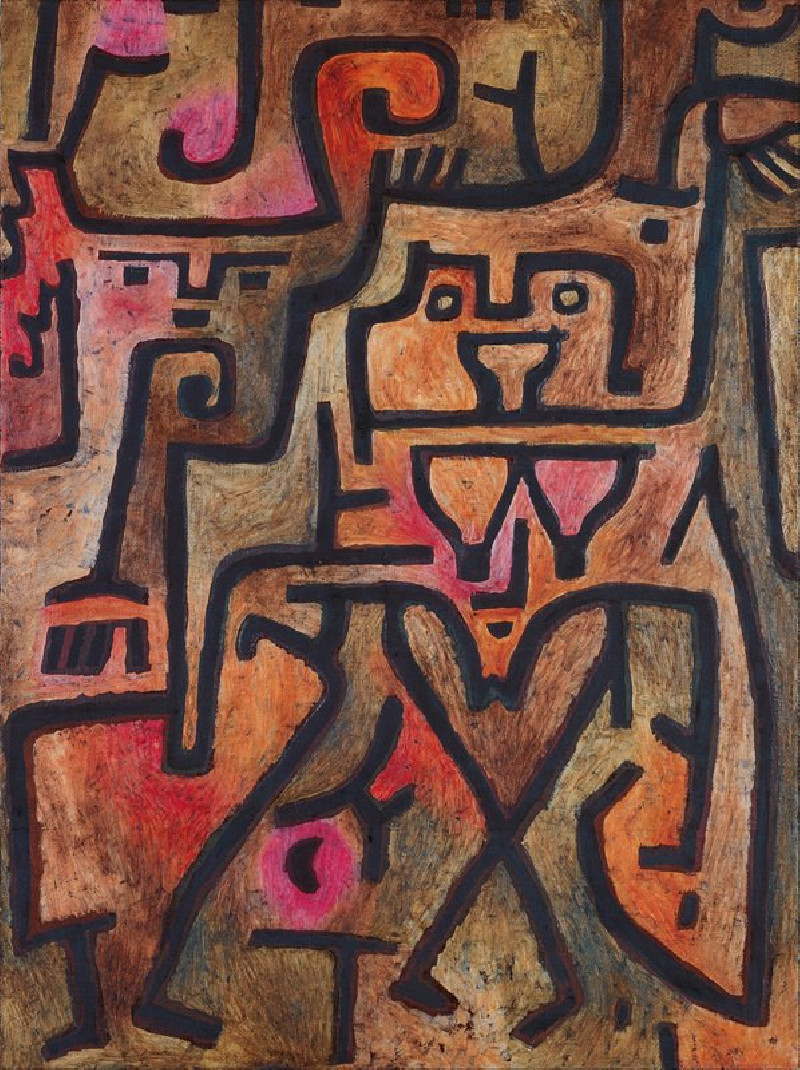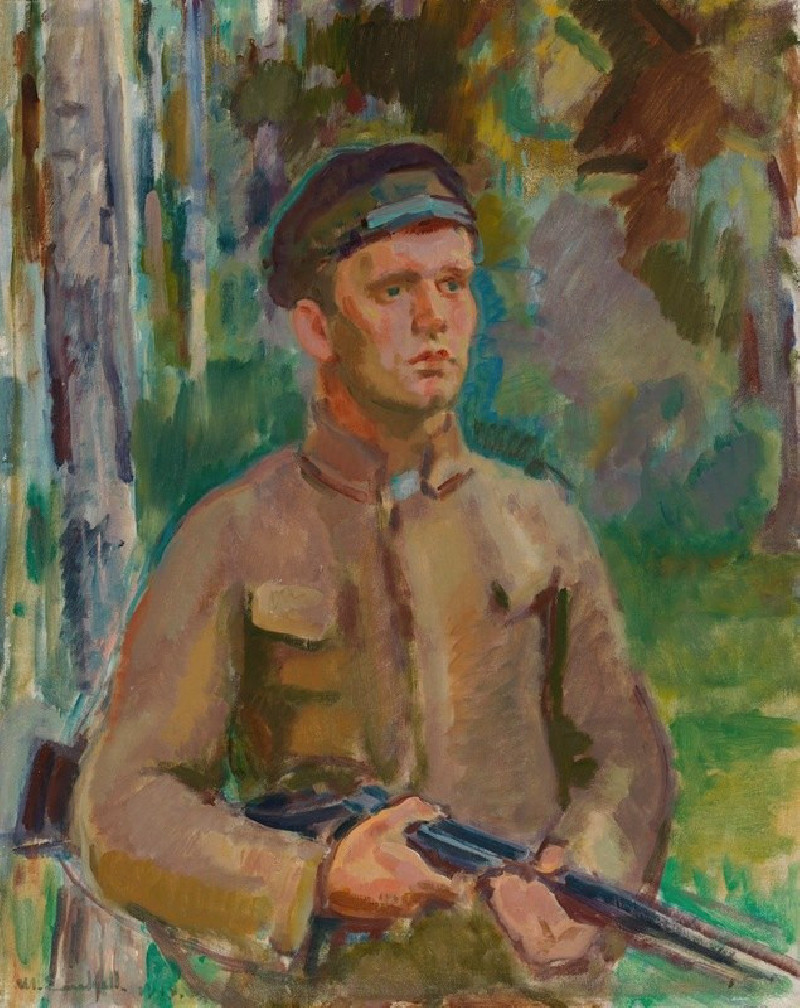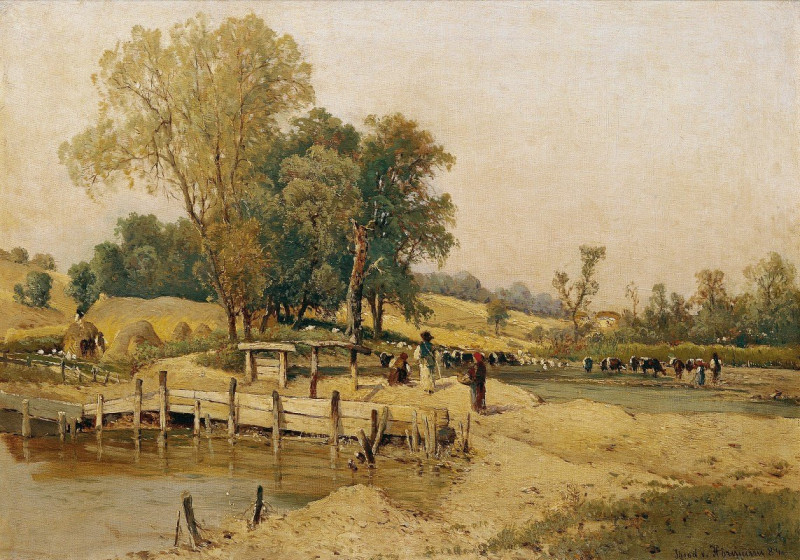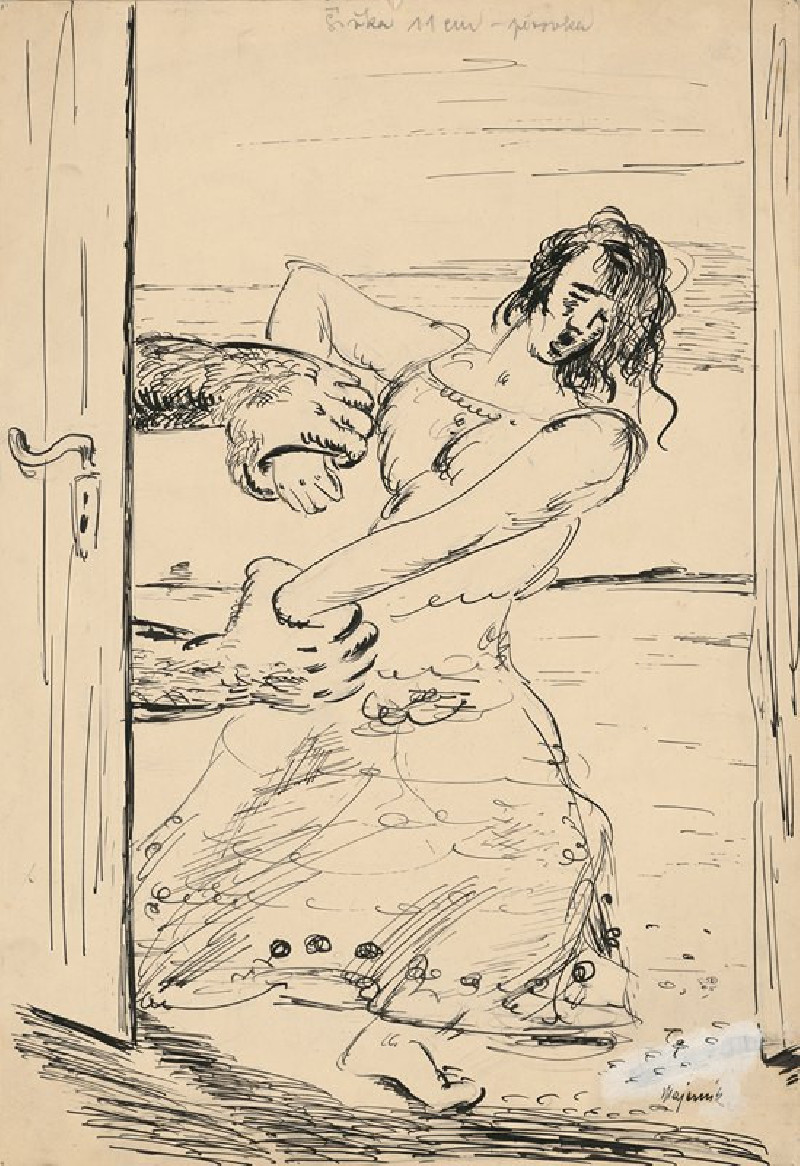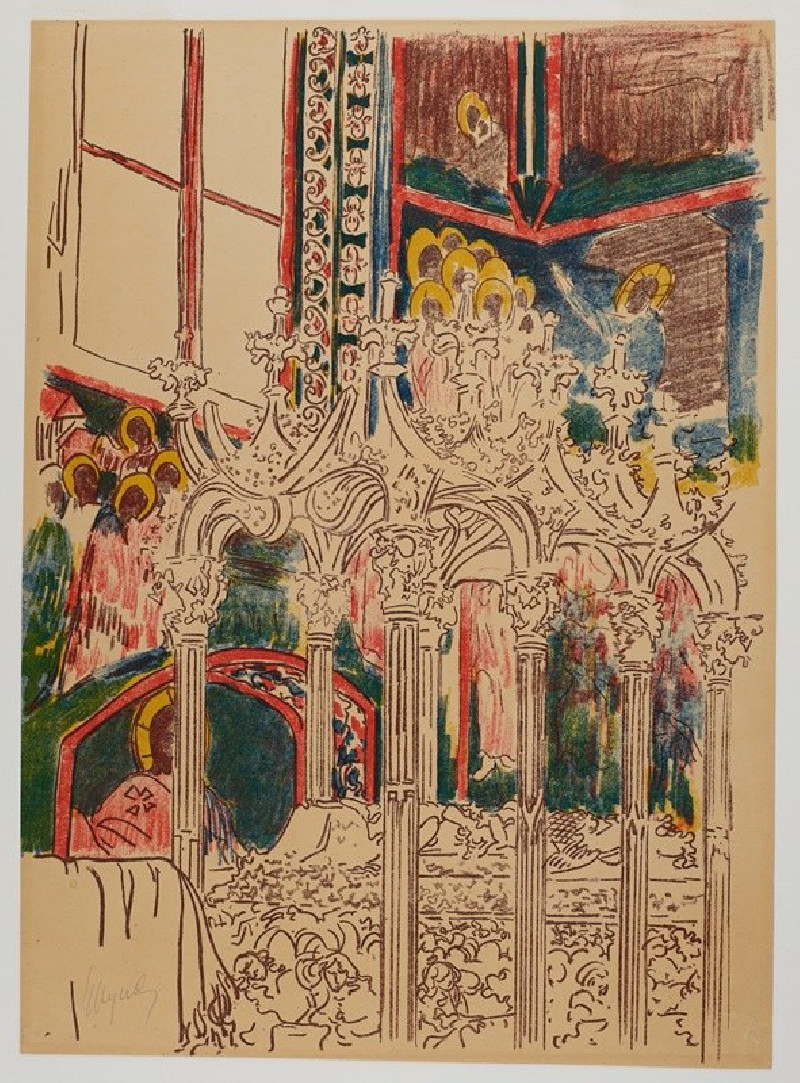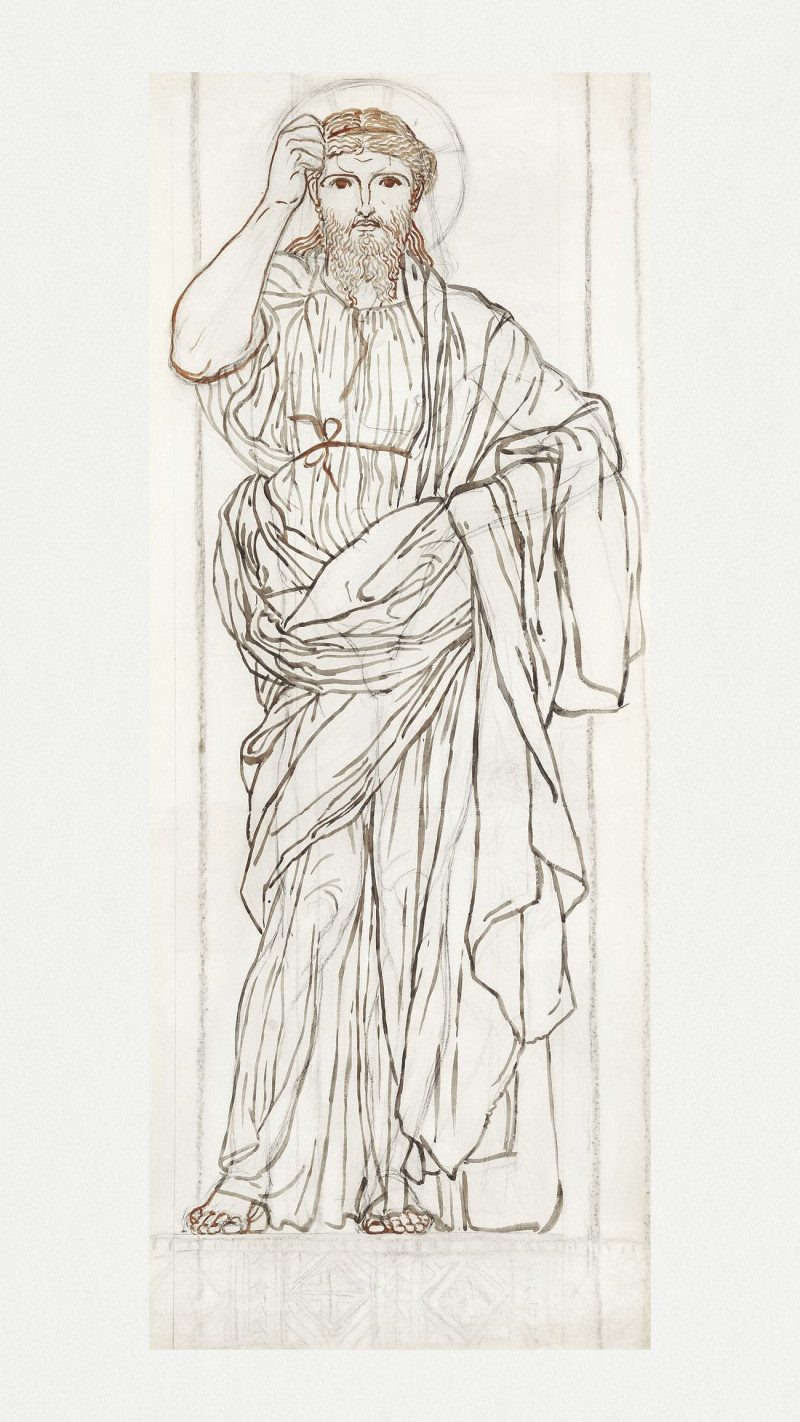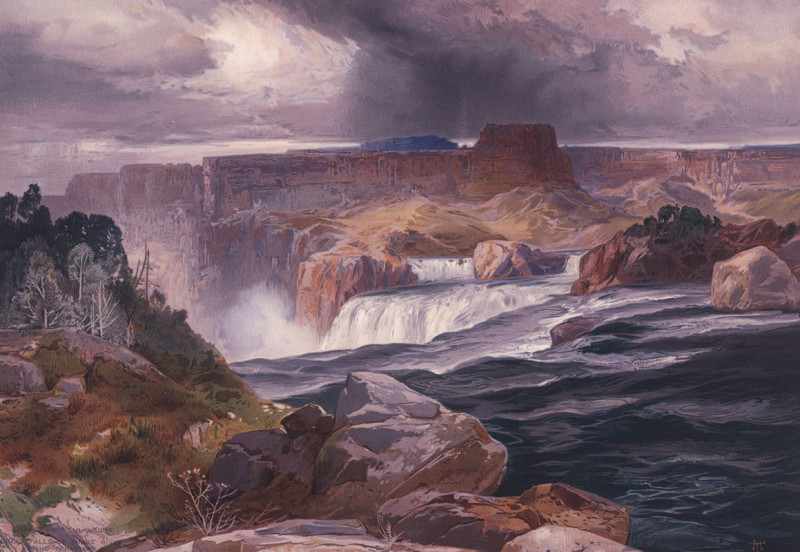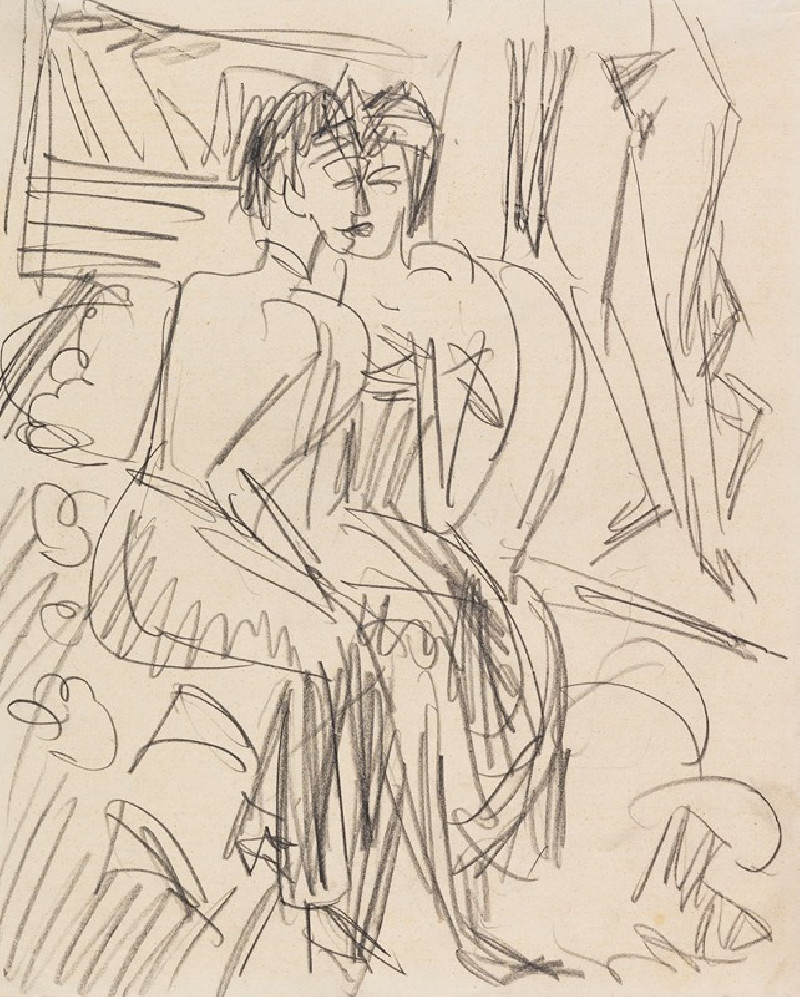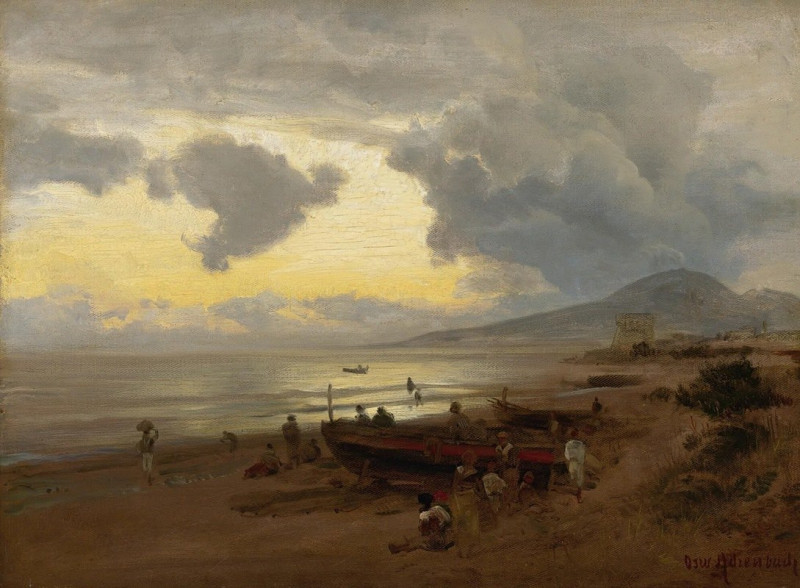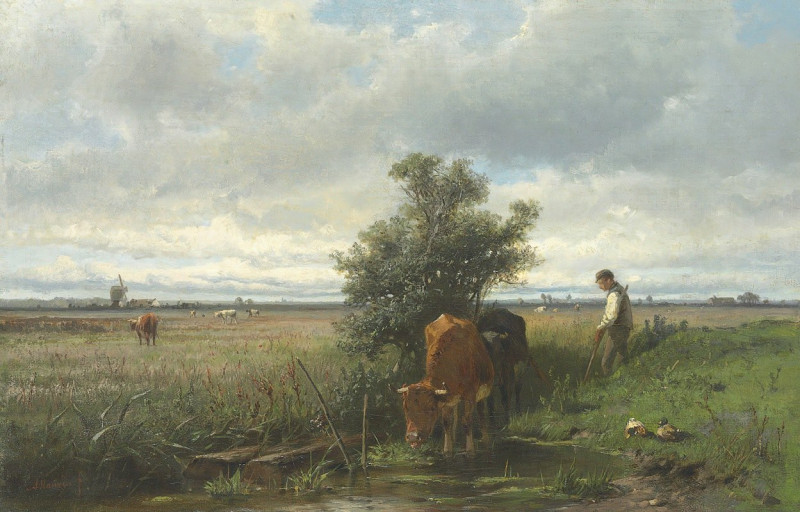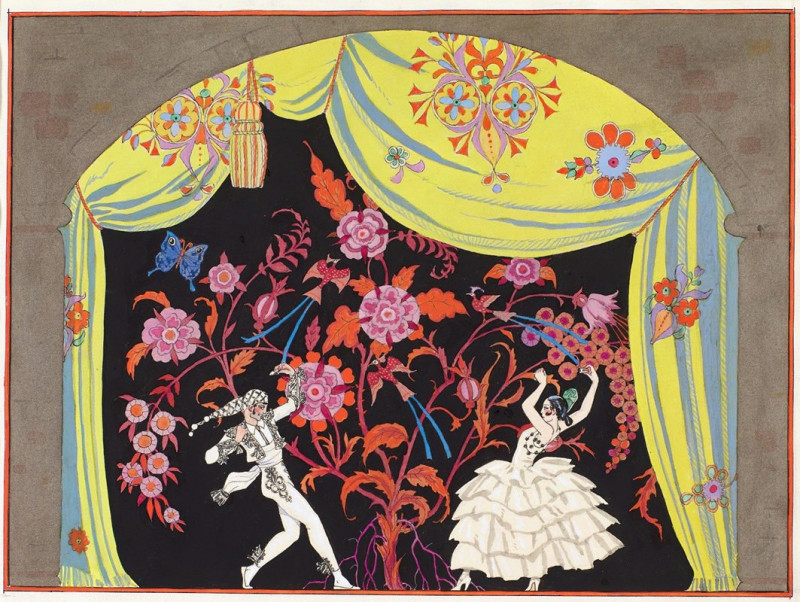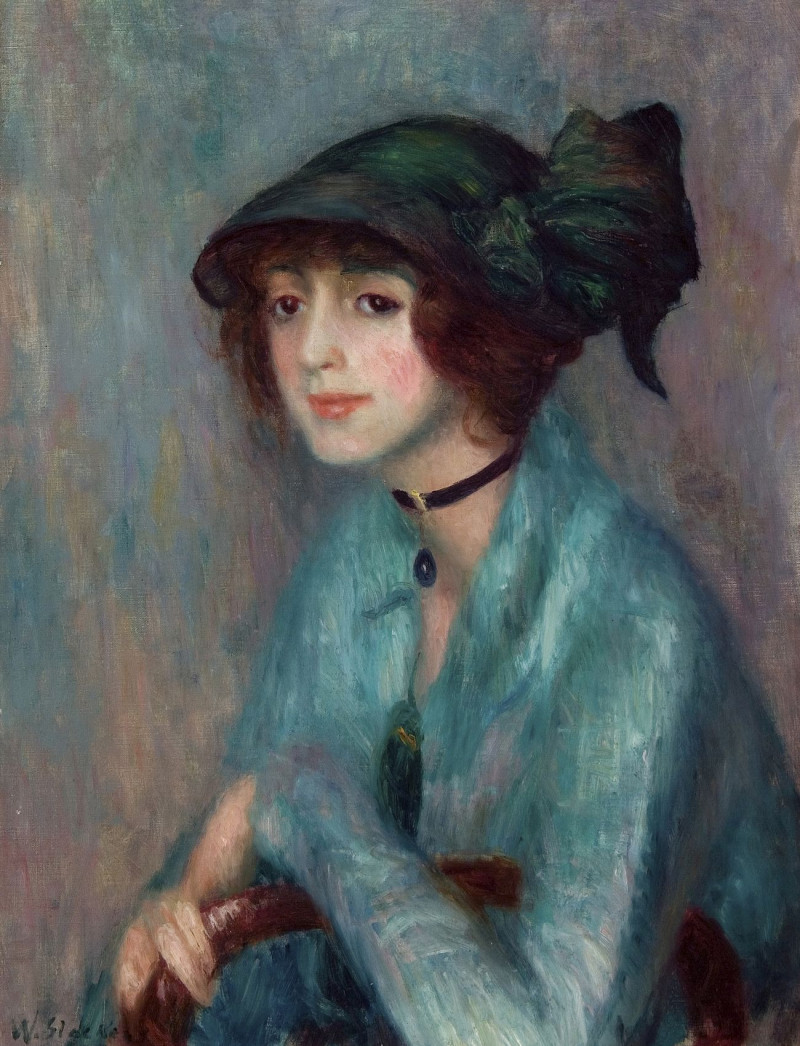Forest Witches (1938)
Technique: Giclée quality print
Recommended by our customers
More about this artwork
Welcome to our exploration of Paul Klee's enchanting painting, "Forest Witches" (1938). This artwork, created during Klee's later years, vividly encapsulates his unique style that artfully bridges Expressionism, Surrealism, and Cubism.In "Forest Witches," Klee portrays a mystical, abstract forest scene that seems to pulsate with life and secretive energy. The composition is made up of labyrinthine symbols and figures that intertwine to form what may appear as mythical beings or witches hidden amongst the trees. These figures are rendered in a palette dominated by deep reds, browns, and blacks against softer shades of pink and orange, evoking a sense of mysterious twilight or the embers of a dying fire.Each element within the painting is intricately placed, yet retains a playful, almost childlike quality—a hallmark of Klee's approach to art. The abstract shapes and lines invite viewers to get lost in their personal interpretation of the scene, seeing perhaps different images or stories unfold as they gaze deeper."Forest Witches" can be seen as a reflection of Klee’s interest in the magical and the fantastical, as well as his ability to tap into the subconscious to extract images that resonate on both a personal and universal level. The artwork is a wonderful example of how Klee’s pioneering techniques and visionary thoughts pushed the boundaries of traditional art and continued to influence many generations of artists.
Delivery
Returns
Paul Klee was a Swiss-born German artist. His highly individual style was influenced by movements in art that included expressionism, cubism, and surrealism. Klee was a natural draftsman who experimented with and eventually deeply explored color theory, writing about it extensively; his lectures Writings on Form and Design Theory (Schriften zur Form und Gestaltungslehre), published in English as the Paul Klee Notebooks, are held to be as important for modern art as Leonardo da Vinci's A Treatise on Painting for the Renaissance.

